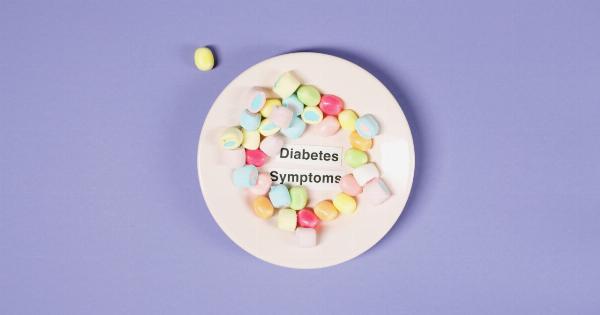Most people don’t think about their liver unless they’re sipping on a detoxifying green juice or trying to soothe a hangover. However, this hardworking organ plays a vital role in keeping us healthy.
One of its many functions is to help regulate our cholesterol levels. When our liver isn’t functioning properly, we’re at risk of developing dangerous conditions like non-alcoholic fatty liver disease (NAFLD), which can significantly increase our risk of heart disease.
What is NAFLD?
NAFLD is a condition that causes fat to build up inside your liver. This buildup of fat can cause inflammation and scarring, eventually leading to liver damage and cirrhosis.
While it’s possible to reverse this damage if caught early enough, NAFLD often goes undiagnosed for years because it produces few or no symptoms. Experts estimate that as many as 100 million Americans may have NAFLD, making it one of the most prevalent liver diseases in the United States.
The Link Between NAFLD and Heart Disease
What’s particularly concerning about NAFLD is its link to heart disease. Research has shown that people with NAFLD are at a higher risk of developing heart disease, even if they don’t have traditional risk factors like high blood pressure or obesity.
In fact, studies have suggested that people with NAFLD are more likely to die from heart disease than from liver disease.
So how exactly does NAFLD increase our risk of heart disease? The answer lies in the way NAFLD affects our cholesterol levels. Your liver plays a crucial role in regulating cholesterol.
It produces lipoproteins, which are molecules that transport cholesterol through your bloodstream. When your liver is working properly, it produces a healthy balance of lipoproteins that promote good cholesterol (HDL) and prevent bad cholesterol (LDL) from building up in your arteries.
However, when your liver is damaged, it can produce an imbalance of lipoproteins that leads to high levels of LDL in your blood. This increase in LDL can cause plaque buildup in your arteries, which can eventually lead to heart attacks and strokes.
Additionally, NAFLD has been linked to insulin resistance and type 2 diabetes, which are also risk factors for heart disease.
Who is at Risk for NAFLD?
NAFLD is most commonly diagnosed in people who are overweight or obese, but it can affect anyone. Other risk factors for NAFLD include:.
- High cholesterol
- Type 2 diabetes or insulin resistance
- Metabolic syndrome
- Sleep apnea
- Polycystic ovary syndrome (PCOS)
- Hypothyroidism
- Rapid weight loss
If you have any of these risk factors, it’s important to talk to your doctor about getting tested for NAFLD.
Diagnosing and Treating NAFLD
Because NAFLD produces few or no symptoms, it’s often diagnosed accidentally during routine blood tests or imaging scans. If your doctor suspects you have NAFLD, they may order additional tests, such as a liver biopsy, to confirm the diagnosis.
There is currently no medication or surgical treatment for NAFLD, but lifestyle changes can greatly improve the condition. Losing weight, exercising regularly, and eating a healthy diet are all important steps in treating NAFLD.
For some people, eliminating alcohol and certain medications may also be necessary.
Preventing NAFLD and Protecting Your Heart Health
While there’s no surefire way to prevent NAFLD, there are steps you can take to protect your liver and reduce your risk of heart disease. These include:.
- Maintaining a healthy weight
- Eating a balanced diet that’s low in saturated fat and sugar
- Exercising regularly
- Avoiding excessive alcohol consumption
- Treating underlying conditions like diabetes and high cholesterol
- Getting regular check-ups and blood tests to monitor your liver and heart health
Conclusion
NAFLD is a serious condition that affects millions of people in the United States. While it produces few or no symptoms, it’s an important risk factor for heart disease and should be taken seriously.
By taking steps to protect your liver and heart health, you can reduce your risk of developing NAFLD and other dangerous conditions.

























